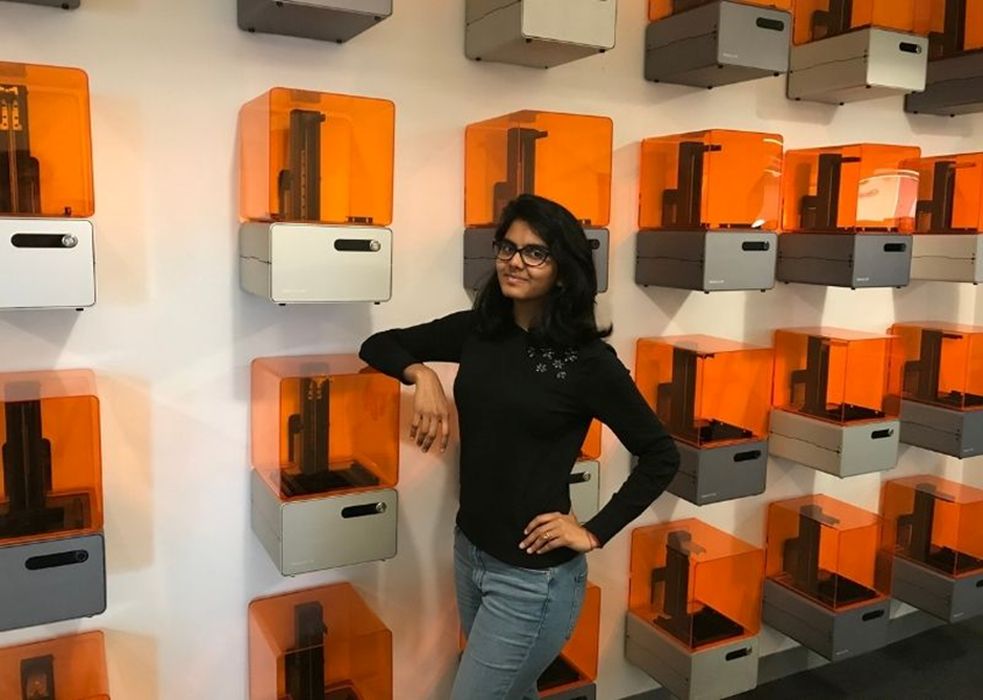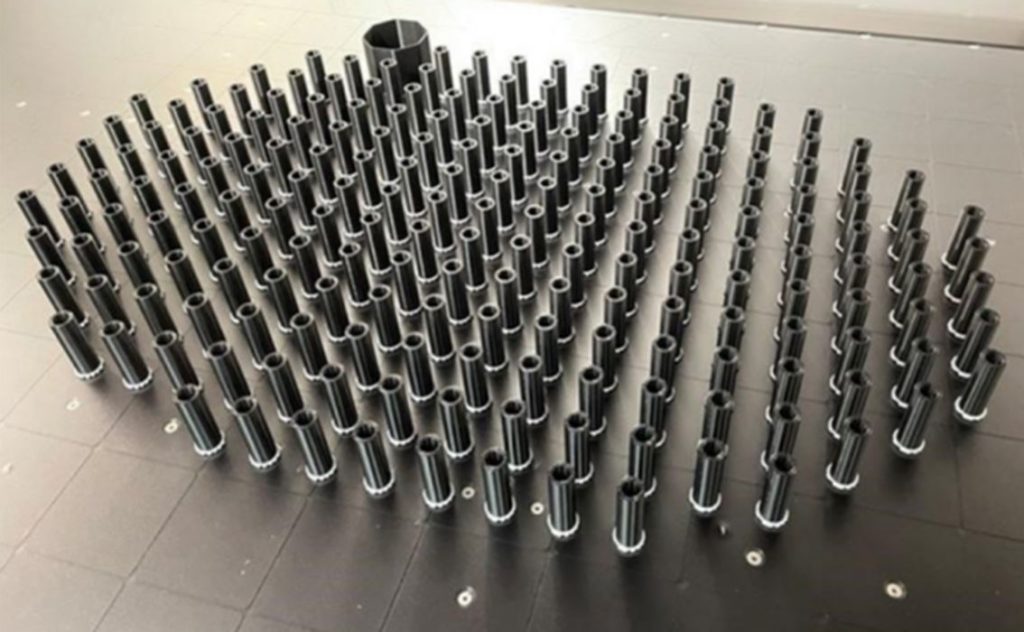
Charles R. Goulding and Randall Rothbort look at the use of 3D printing HVAC equipment manufacturers.
As with many industries post-pandemic, the HVAC production and service industry has been hit with significant supply chain issues that are leading to rising prices and long wait times for new parts.
Many companies have been struggling to perform common repairs for furnaces, boilers, and various other HVAC equipment, often due to the lack of individual parts readily available. This has led to demand far outpacing supply and has pushed many manufacturers and servicers to explore new options to produce and repair equipment. With a new push from many leading HVAC companies and their engineers and technicians, 3D printing is becoming a leading solution to some of their production woes.
How is this Affecting the HVAC Industry?
Many HVAC companies have been seeing increased demand for various forms of climate-control technology since the pandemic began. Shipments of air conditioners and heat pumps have increased by 9.1% from 2020 to 2021, leading to significant backlogs in components and equipment.
Lennox International Inc., a residential and commercial HVAC producer, states that inventory available for emergency replacements is down 40%, as new production was prioritized. Waiting times for replacement parts have similarly skyrocketed.
This has led to some unique situations, as some HVAC repair companies, such as Stack Heating, Cooling, & Electric have resorted to purchasing new units, removing a part to use for repairing an existing unit, and waiting for the replacement part to arrive. Once they receive the replacement part, the repair companies will install it into the new unit and returning it back to the manufacturer, all to circumvent the extreme wait times for individual parts. This scrambling for replacements to meet demand has made the supply chain backups even more substantial.
How Can 3D Printing Help?
Historically, the HVAC industry has not experienced significant advancement with 3D printing, although there are several companies that have explored the technology. Our previous article, “Is the HVAC Industry Finally ready for 3D Printing” discusses the various avenues within the industry that could benefit from additive manufacturing implementation.
However, in recent years more of these companies have progressed the technology and industry to the point that 3D printing is a viable option for HVAC production.
Rashmi Vadlakonda is one example, a manufacturing engineer at Trane. She has been at the forefront of pushing the company to adopt new manufacturing methods, as well as pushing for more women in manufacturing leadership roles for the company. As a member of and volunteer for Women in 3D Printing, Vadlakonda is a young industry voice pushing for the development and implementation of innovative manufacturing technologies such as 3D printing in a variety of fields, not just HVAC.
Daikin Industries, the global industry leader, has also been at the forefront of additive manufacturing in the HVAC industry. In our prior article “The Innovation of Daikin HVAC and 3D Printing”, we discussed Daikin’s entry into 3D printing and their development of the Dedicated Outdoor Air System (DOAS).

Daikin Applied HVAC panel spacers fabricated using a Stratasys F770 3D printer [Source: Stratasys Ltd.]
Since this article, Daikin has been in the development of a Fluoropolymer PFA for powder bed fusion that was more effective for many products required in HVAC production. Daikin has already been implementing 3D printing for use in producing parts such as spacers, however this new technology enables them to expand production to a far greater range of components. PFA has excellent heat and chemical resistance, making it a material not only suited for HVAC part production, but also for the production of components in the semiconductor, medical equipment, chemical plants, and oil/gas industries. The implementation of this technology will only serve to advance the HVAC industry and its products.
The Research & Development Tax Credit
The now permanent Research and Development (R&D) Tax Credit is available for companies and startups developing new or improved products, processes and/or software.
3D printing can help boost a company’s R&D Tax Credits. Wages for technical employees creating, testing, and revising 3D printed prototypes can be included as a percentage of eligible time spent for the R&D Tax Credit. Similarly, when used as a method of improving a process, time spent integrating 3D printing hardware and software counts as an eligible activity. Lastly, when used for modeling and preproduction, the costs of filaments consumed during the development process may also be recovered.
Whether it is used for creating and testing prototypes or for final production, 3D printing is a great indicator that R&D Credit eligible activities are taking place. Companies implementing this technology at any point should consider taking advantage of R&D Tax Credits.
Conclusion
Even after supply chain issues are dealt with, 3D printing serves to open new doors in the field of HVAC production and repair, allowing for the easier manufacture of many more components than were previously possible.
More HVAC companies have begun incorporating this technology into their production processes and are researching new avenues to apply additive manufacturing. It will be important to watch the prospective 3D printing advancements in the HVAC industry now that 3D printing has the capability of greatly improving industry performance.
